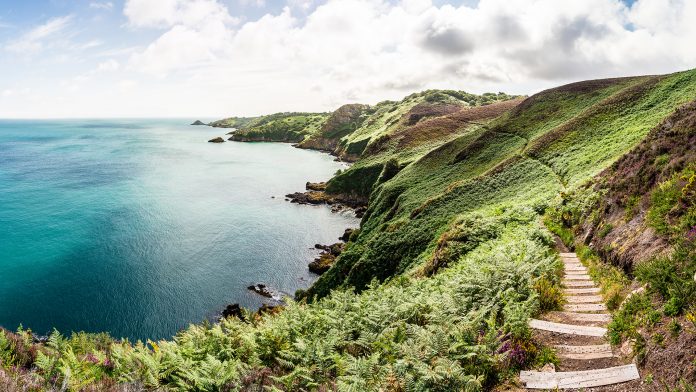Geovation and the UK Hydrographic Office have launched a challenge to establish a sustainable method to overcome diffuse coastal pollution.
The Ordnance Survey’s open innovation network hub, alongside the UK Hyprographic Office (UKHO), has officially unveiled a challenge in hopes of discovering a sustainable solution to tackle diffuse coastal pollution.
The winners of the challenge could receive an award of up to £5,000.
With its mainland and islands combined, Great Britain has a staggering coastline of nearly 20,000 miles. As well as this, the majority of the population lives within 100 miles of the coastline. This means that diffuse coastal pollution will most probably impact all of the UK’s population to some extent.
Sources of diffuse coastal pollution
A number of factors pose a risk to British coastlines, from extreme storms and coastal erosion to sea level rises and a variety of diffuse pollution sources. Diffuse pollution can impact water quality and pollute coastal areas, thus triggering negative effects on the adjacent ecosystems.
These sources of diffuse pollution are generally small and isolated , but together they reap massively detrimental impacts on the climate as a result of the release of potential pollutants. Diffuse coastal pollution – frequently fuelled by rainfall and the ways that land is managed – can take place as a direct consequence of agricultural, urban and marine pollution sources.
Diffuse coastal pollution can be instigated by agricultural run-off when pesticides and chemicals migrate from farming land into water sources such as rivers and streams. It can also occur in urban areas as a consequence of inadequately plumbed drainage systems, untreated wastewater, septic tanks, and flooding from sewers. All of these can accrue on the coastline and in estuaries that impact the wildlife as well as residents local to those areas.
The challenge
The novel challenge has been set up to address the vital issue of diffuse pollution on British coastlines and search for sustainable resolutions to improve water quality, efficiencies, profitability, and sustainability from agriculture to the water and sewage infrastructure, on top of enhancing beach cleanliness and wildlife conservation.
For this challenge, viable applicants will be given access to data from the Ordnance Survey, such as terrain, buildings, water networks, and the OS Data Hub, which has the most thorough view of Great Britain’s landscape. This will be accompanied by data from the UK Hydrographic Office, the Met Office and the British Geological Survey.
Finding long-term solutions
Carly Morris, Head of Geovation, commented: “The coastal challenge is a great way to inspire and drive collaboration using geospatial, maritime and meteorological data so that innovators, with the support from our Geovation community, can devise sustainable solutions in order to tackle critical environmental issues.
“The environmental impact of diffuse pollution is ever more apparent in the UK and we hope that through the challenge we can get closer to finding sustainable solutions that can deliver change and make a positive impact on the future of our coasts.”
Mark Casey, Head of Research, Design and Innovation at the UK Hydrographic Office, concluded: “We are proud to launch this challenge with our partners at Geovation. Diffuse coastal pollution is a hugely challenging issue for marine ecosystems, so it is vital that we find sustainable and long-term solutions. Collaboration and partnerships are some of the best ways to generate real change and to find inventive and novel solutions to challenges in the marine environment, and that is why we are pleased to support participants with our world-leading marine data sets and expertise.”
Applications to the challenge are open now and can be found on Geovation’s website.



